Marine aquaculture promotes green growth
Mr. Nhu Van Can, Deputy Director of the Department of Fisheries and Fisheries Control ( Ministry of Agriculture and Environment ) said that Vietnam is a country with great potential to develop marine aquaculture (also known as marine farming), with an exclusive economic zone of more than 1 million km² and more than 3,200 km of coastline.
In recent years, implementing the Party and Government's policy on sustainable marine economic development, marine aquaculture has become one of the important economic sectors of the fisheries industry, contributing to ensuring food security, creating jobs, increasing income for coastal people, protecting aquatic resources and promoting green growth.

Vietnam is a country with great potential to develop marine aquaculture. Photo: Duy Hoc .
However, Mr. Can also acknowledged that, to develop in a modern, industrial-scale, environmentally friendly and climate change-adaptive direction, marine aquaculture still faces many challenges, such as: Planning and management of farming areas are still limited; technical infrastructure, breeds, feed, farming technology and environmental monitoring systems are still lacking in synchronization; State management capacity and supervision of marine aquaculture activities need to be strengthened; meanwhile, requirements for certification, traceability and environmental protection are increasingly strict.
Sharing the same view, Dr. Pham Anh Tuan, Standing Member of the Vietnam Fisheries Association, said that Vietnam has great potential to develop marine aquaculture in both coastal and offshore waters, with a variety of farming objects and methods. However, coastal marine aquaculture has now exceeded the carrying capacity of the environment, posing many risks of disease and environmental pollution. Therefore, it is necessary to plan and reorganize production in coastal areas. At the same time, promote the expansion of offshore marine aquaculture in a modern and sustainable direction.
Developing marine aquaculture in open and offshore areas, with its industrial characteristics and large output, requires high investment capital; while Vietnam has limited experience. This requires careful preparation from selecting breeding breeds, applying advanced farming equipment and technology, preparing a logistics service system and understanding market needs.
“In addition, institutions, policies, standards, national technical regulations, and technological processes related to marine aquaculture development also need to be adjusted and supplemented accordingly. At the same time, we need to pay more attention and continuously to the development of science and technology and innovation in marine aquaculture, so that technological advances can soon bring practical results to the industry,” Mr. Tuan emphasized.
Great potential, big challenges
Mr. Ngo The Anh, Head of Aquaculture Department, Department of Fisheries and Fisheries Control (Ministry of Agriculture and Environment) said that Vietnam's marine aquaculture is developing strongly in coastal provinces and cities, with 4 main groups of subjects: marine fish, seaweed, mollusks and lobsters.
Total marine aquaculture output reached 832 thousand tons, with an average growth rate of more than 8.5%/year in the period 2020 - 2024. Key regions include Khanh Hoa, Phu Yen, Kien Giang, Quang Ninh..., creating an export value of about 900 million USD/year. These results are the foundation, clearly demonstrating the strong development potential of the industry, especially in the context of increasing global demand for high-quality seafood products.
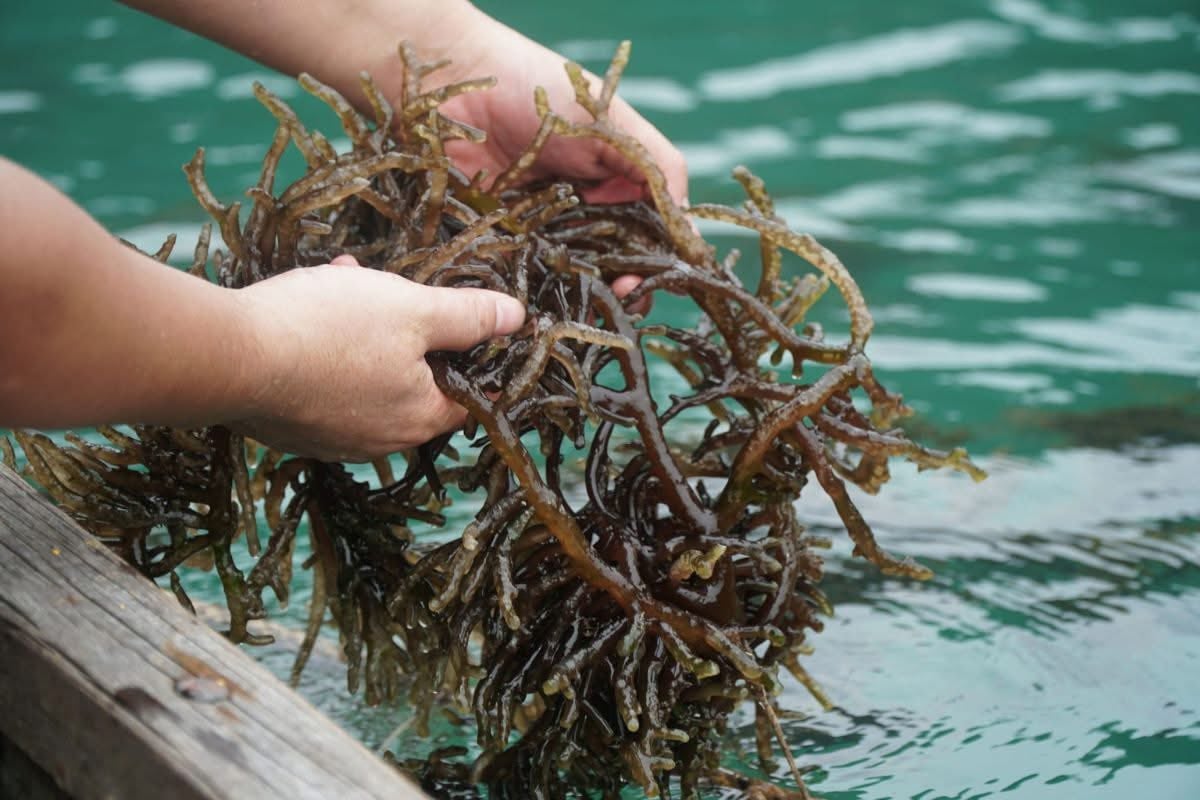
Marine aquaculture in Vietnam is developing strongly in coastal provinces and cities, with four main groups of species: marine fish, seaweed, mollusks and lobsters. Photo: Hong Tham .
According to Mr. Ngo The Anh, Vietnam has many advantages and potentials to develop marine aquaculture. In terms of natural conditions, with a coastline of more than 3,200 km, many deep, sheltered waters, it is very favorable for offshore and large-scale marine aquaculture. The farming objects are diverse and have high economic value, from marine fish, mollusks to seaweed.
In terms of policy and human resources, the legal system has been strengthened by the Fisheries Law, the Planning Law, the Marine Economic Development Strategy, and a team of hardworking, creative and experienced coastal people.
In addition, the consumer market is increasingly expanding, both for export and domestically, especially thanks to tourism and the demand for green, clean products.
However, the industry still faces many major barriers such as: Limited technical infrastructure and offshore farming technology; increasingly complex environmental risks, diseases and impacts of climate change; lack of large investment capital and high-quality human resources; conflicts in the use of marine space between sectors such as tourism, energy, transportation and aquaculture...
Transparency - Responsibility - Sustainability
The strategic goals of Vietnam's marine aquaculture industry by 2030 are determined according to the principles of "Transparency - Responsibility - Sustainability" with 3 key goals, including:
Developing marine aquaculture into a large-scale, industrial commodity production industry, applying advanced and environmentally friendly technology.
Actively contribute to the marine economy and national security through aquaculture development in offshore areas.
Transforming the growth model, reducing natural exploitation, increasing aquaculture and increasing the added value of Vietnamese seafood. This is the core orientation, helping to reduce pressure on natural resource exploitation, preserve biodiversity, and at the same time expand the blue economic space at sea.
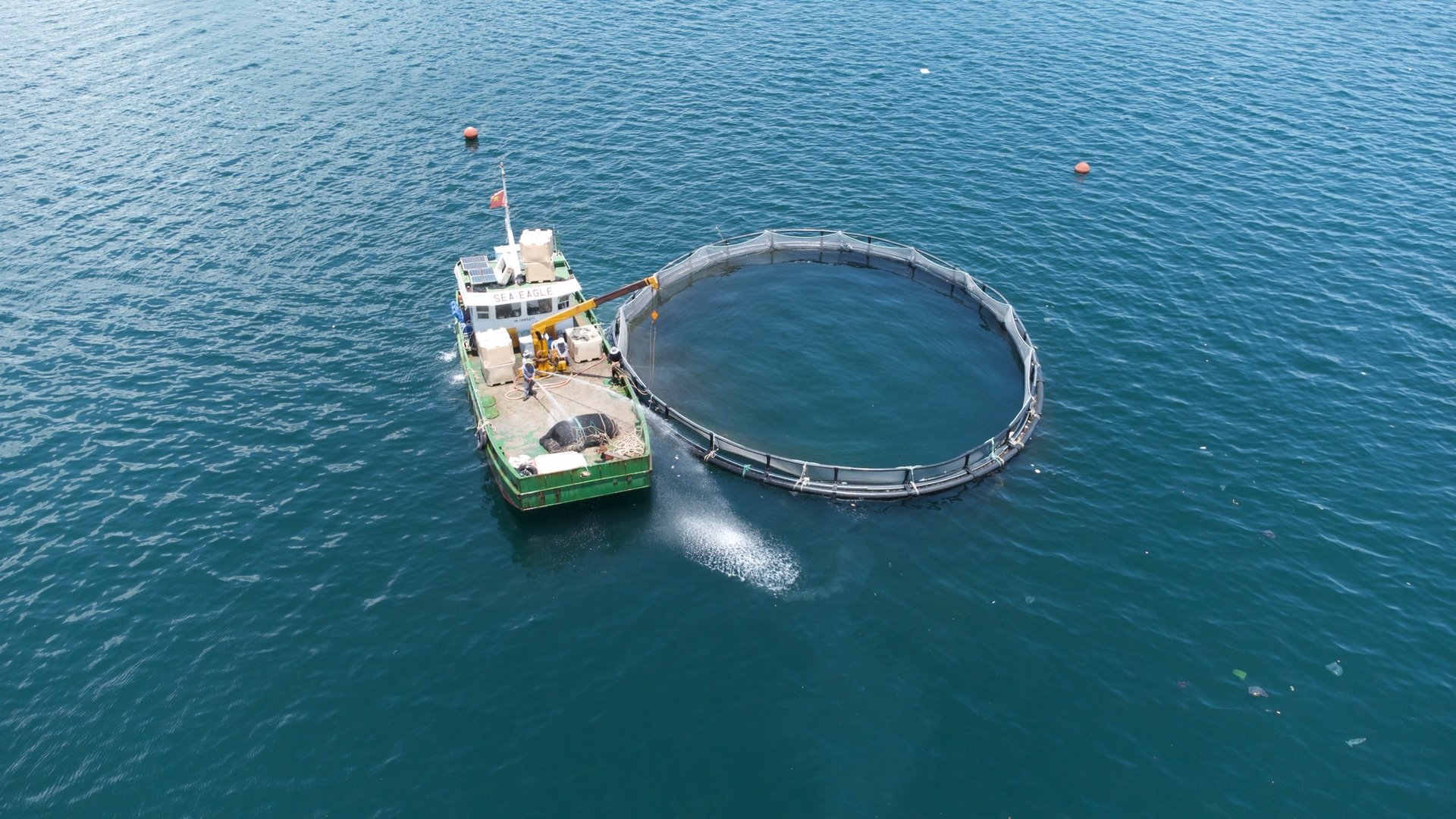
One of the key goals by 2030 is to turn marine aquaculture into a large-scale commodity production industry, operating in an industrial direction, applying advanced and environmentally friendly technology. Photo: Hong Tham .
To achieve that goal, Mr. Ngo The Anh said, in the coming period, the fisheries industry will identify four major development orientations.
Firstly, develop large-scale industry, form key national marine farming areas, modernize cage systems and logistics infrastructure.
“It is necessary to promote large-scale marine aquaculture industrialization through planning and establishing key farming areas in advantageous areas. At the same time, the modernization of cage systems and investment in specialized logistics infrastructure must be implemented synchronously to ensure production capacity, optimize the supply chain and enhance the competitiveness of aquatic products,” Mr. Ngo The Anh emphasized.
Second, invest in core technology, focus on research and production of breeds, industrial feed, closed-loop technology and comprehensive digitalization of the farming process.
Third, forming an integrated marine aquaculture ecosystem, closely linking stages in the value chain, from production, processing, to consumption towards a multi-value marine economic model.
Fourth, green growth and sustainable development, minimizing environmental impacts, protecting biodiversity and effectively adapting to climate change.
Dr. Pham Anh Tuan, Standing Member of the Vietnam Fisheries Association, proposed a two-phase roadmap for marine aquaculture development. Phase 1 (2025 - 2027) focuses on resolving institutional and policy problems, reorganizing coastal marine aquaculture production, and perfecting and building necessary conditions (science and technology, aquaculture models, markets, etc.) for the development of marine aquaculture in open, offshore areas. Phase 2 (2028 - 2030), based on the results of preparations in phase 1, will expand marine aquaculture in open, offshore areas and continue to perfect the necessary conditions for sustainable marine aquaculture development.
Source: https://nongnghiepmoitruong.vn/4-dinh-huong-phat-trien-nuoi-bien-trong-tam-den-nam-2030-d785185.html








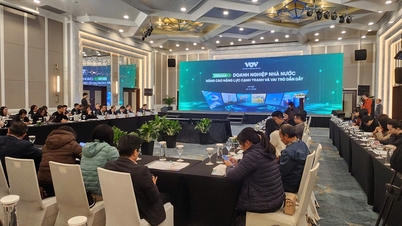




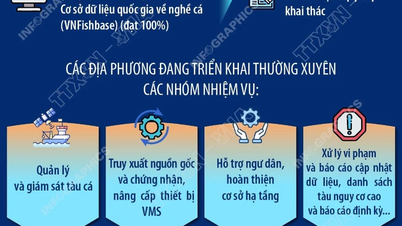

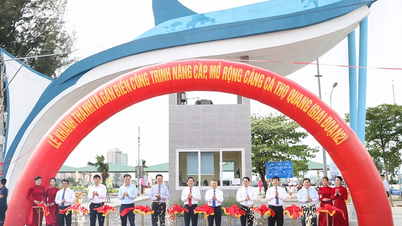




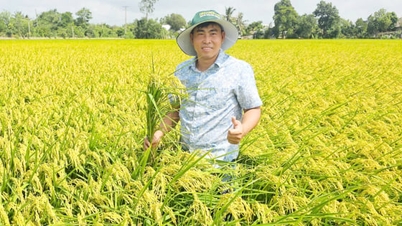
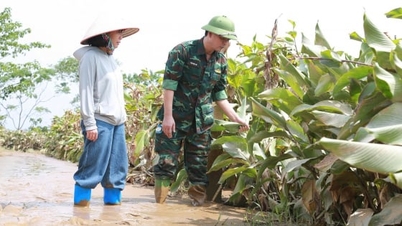

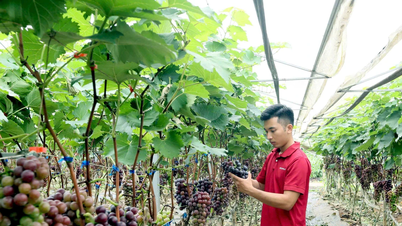








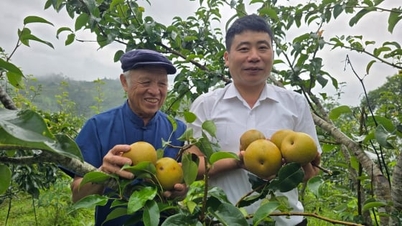
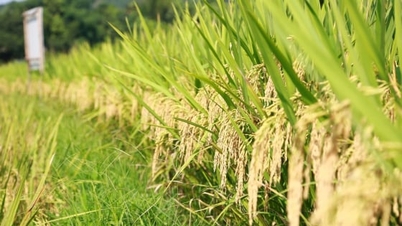







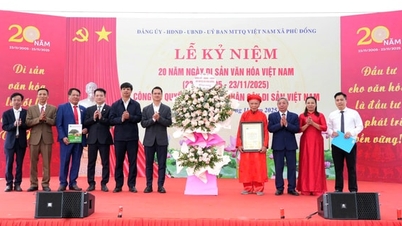




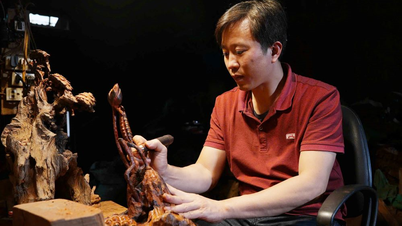



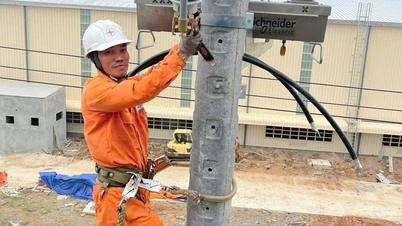

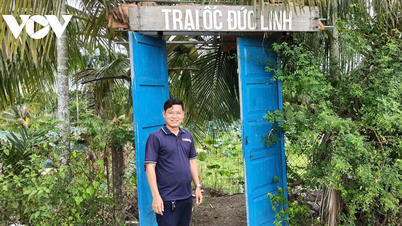

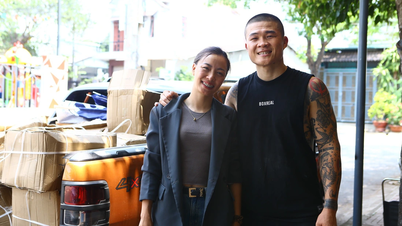















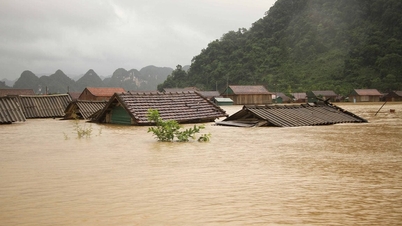
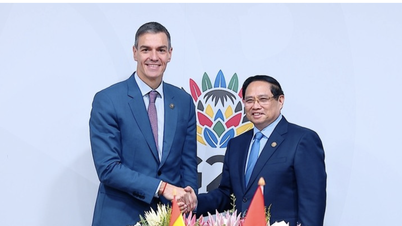

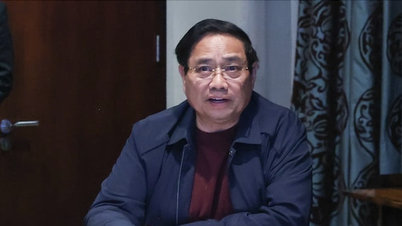


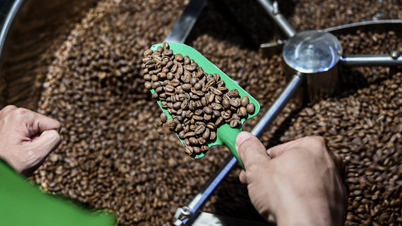


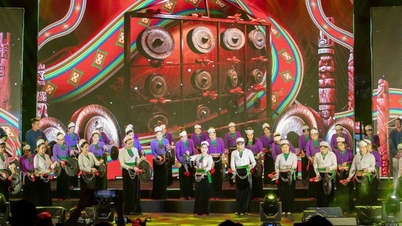









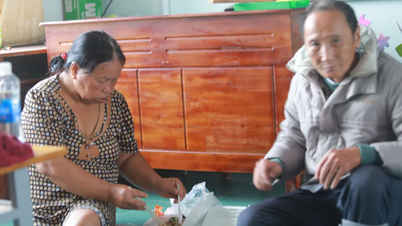


















Comment (0)